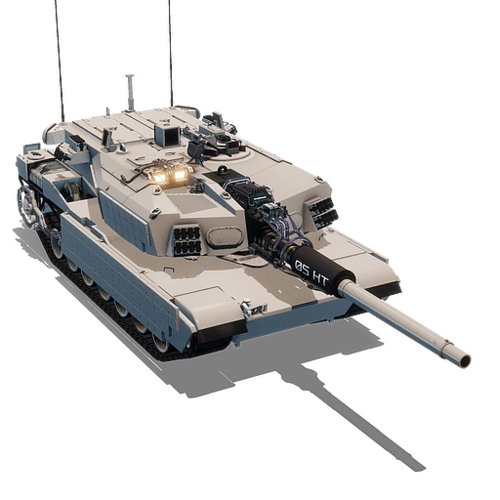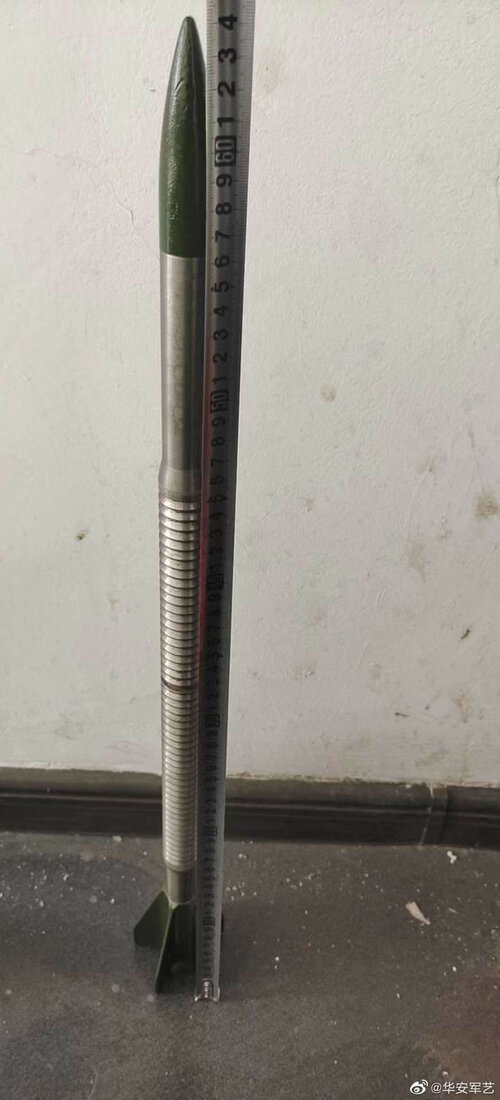- Joined
- 19 July 2016
- Messages
- 4,243
- Reaction score
- 3,428
The Iraqi units were hardly peer adversaries. When resupply is more risky and less guaranteed things will look different.
The Iraqi units were hardly peer adversaries.
When resupply is more risky and less guaranteed things will look different.
An ATGM team with up to date tech can do this without all the problems of building and moving 50 ton vehicles into the battle area.Also during Desert Storm, a particularly noteworthy ambush occurred where T-72 (or a Type 59, I'm not sure which) fought in this manner, as the tank commander realized that his battalion were being spotted from long range by thermal scopes, so he kept himself under armor, kept his tank off, and engaged two M1s using manual backup cranks and optical sights as they moved through his battalion. He knocked out two tanks (mobility kills, IIRC) and was subsequently killed when his tank was hit by counterfire.
I have had to do a hard reset, something I knew but did not really appreciate and that makes me feel stoopid.The Iraqi units were hardly peer adversaries.
Yes. That's why I mentioned it. The fact that they aren't killing M1s increases the ammunition burdens on individual US tanks.
If you aren't running out of ammo at 73 Easting you simply are never going to. You, or your enemy, will be dead long before that, and ammunition not fired is ammunition wasted.
Something of a tangent but the only times in Vietnam where tanks ran out of main gun ammo without being destroyed first were times where the tank was literally not threatened at all, and stuck around for reasons beyond actual utility for several hours. I'm thinking specifically of an incident in VN where a rifle company was fighting against NLF partisans and would have "broke and ran" according to the company commander, so he ordered a pair of M48s to "tough it out" and they sat around for like four hours being hit by pot shots from 14.5mms and .30 cal bursts instead of retreating to reload their ammo bins. Neither tank was injured and the crews were fine, just really annoyed.
Incidents like that led to a doubling of the coaxial ammo storage in the M1 tank explicitly.
When resupply is more risky and less guaranteed things will look different.
Not really, at least not as far as main gun rounds are concerned, although fuel and food are absolutely critical.
The problem with tanks is that the proportions of extant tanks, like M1, onboard ammunitions are informed by Vietnam or Korean experience. Lots of coaxial ammo, perhaps "enough" or close to it, and roughly twice as much main gun ammo, and roughly half to a third as much heavy machine gun ammo. This is a bad proportion because it results in tanks with large amounts of unused main gun rounds.
Tanks need to use fuel constantly, though, even if it's an APU to keep the battery charged. If I wanted to disable or degrade a tank platoon or company through siege tactics, I'd be mining the resupply routes/MSRs used by fuel convoys (or simply identify the fuel trucks and hit them individually) and wait for them to run out of gas in "literally about 20-30 hours", subsequently abandon their positions or at least unhorse, and attack them as light infantry.
This works, as the current Eastern European war shows, and will likely continue to work. Tankers aren't terribly good light infantry.
However if the tank has a manual backup system, like crank handles and physical switches that don't need power, and the crews have individual NODS or some means of passive night observation, it will still be a tough fight. Designing tanks to fight without regular fuel supplies is a pretty prescient idea, since ammo is a durable item. It's only really wasted if you die with shots to spare or run out of the ammo you're using, but no one seemed to use more than maybe 20 rounds a major engagement even in Desert Storm.
Also during Desert Storm, a particularly noteworthy ambush occurred where T-72 (or a Type 59, I'm not sure which) fought in this manner, as the tank commander realized that his battalion were being spotted from long range by thermal scopes, so he kept himself under armor, kept his tank off, and engaged two M1s using manual backup cranks and optical sights as they moved through his battalion. He knocked out two tanks (mobility kills, IIRC) and was subsequently killed when his tank was hit by counterfire.
I don't think we necessarily disagree on principle, just on the particulars of what classes of supply are important, TBH. Modern tank crews have run out of fuel, food, and machine gun rounds long before they've run out of main gun rounds, since modern tanks don't consume a lot of main gun rounds. They just don't miss their targets anymore. There's no point to carrying enough ammo for a single tank to knock out a battalion, but knocking out a company plus some whiffed shots is fine. Which means less 40-50 main gun rounds and more like 15-20.
Bigger fuel tanks (doubled fuel storage if possible, or more fuel efficient APUs for operation for extended periods (~48-72 hours) in a hide), fewer main gun rounds, more heavy machine gun ammo (2,000 or 3,000 rounds), and at minimum 10,000 rounds of coaxial ammunition (preferably all in a single bin and ready to go) are a few of the things a future MBT crew would like based on recent (past 30 years) history.
This might change in the future but there's no reason to believe that tanks are going to start needing to consume more main gun ammo.
So is this ASCALON a descendant of the various NATO 140mm smoothbore gun or is it an entirely new development?
I wonder what the non-sabot rounds they're looking at. While the drive to 130/140mm is about killing tanks, they're still likely to be spending a lot of time shooting at not-tanks.


Getting too many types of shells into the tank seems like it would over-complicate manual loading and unloading. Wouldn't specialized shells be better from modern self-propelled guns?

140mm ETC was part of initial plans. One common parameter was a common breech size of 20 cubic liters.
140mm ETC was part of initial plans. One common parameter was a common breech size of 20 cubic liters.
Source ?
As for the common 20 liter chamber it might be here140mm ETC was part of initial plans. One common parameter was a common breech size of 20 cubic liters.
Source ?


Pardon my bumping, but what is/was the VIDS? I can make out Vehicle, Demonstrator System, but what is the I for?are a few weird testbeds that look at a few kludged breadboards like VIDS.
Vehicle Integrated Defense System.Pardon my bumping, but what is/was the VIDS? I can make out Vehicle, Demonstrator System, but what is the I for?are a few weird testbeds that look at a few kludged breadboards like VIDS.



 forum.warthunder.com
forum.warthunder.com



Long rods don't lose all that much velocity over range, IIRC the 120mm rod is still doing about 1350m/s at 1500m (starting at 1500m/s). The 140mm would lose less energy per distance, but IIRC all the energy numbers I saw were roughly double that of the 120mm.120mm was already a leap in raw kinetic energy over the 105mm. This looks like a greater than doubling of the kinetic energy at 120mm's maximum range. Imagine how much gain there is while in much closer ranges. I hope there is a guided round involved to assure first lead on the head.
Modern long-rods have an advantage, as they're being pulled down the barrel rather than pushed from the back like an arrow."...it is more difficult to hold a perfect linear form."
Ick...
Thank you for explaining that so lucidly.
Sounds like modern equivalent to the 'Archers Paradox', where high speed photography reveals how much a long arrow wriggles and flexes during launch...
Cars, too. Interestingly, the 1990s Taurus SHO with the 200hp Yamaha V6 used driveshafts of two different diameters/thicknesses to address the torque steer problem. So despite the two very different length driveshafts, they had the same twist resistance.And, tangential, some of the many issues plaguing prop aircraft with mid/buried engines and too-long drive-shafts...
